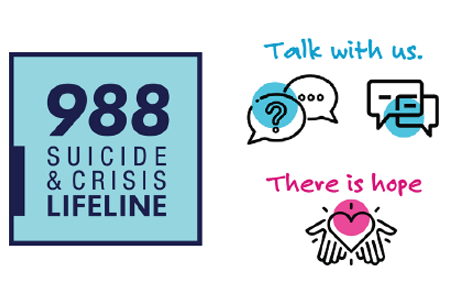Provide behavioral health resources and suicide prevention initiatives for all firefighters.
Issue: An increasing number of firefighters are dying by suicide as a result of suffering from behavioral health issues — including post-traumatic stress disorder (PTSD) — from exposures that they have suffered while delivering emergency services to the public. There is a lack of culturally competent behavioral health specialists to assist firefighters and local Employee Assistance Programs are ill-equipped to assist first responders.
Impact areas
Firefighters and other rescue personnel develop PTSD at a similar rate to military service members returning from combat, according to an August 2016 study from the Journal of Occupational Health Psychology. The report reveals that approximately 20% of firefighters and paramedics meet the criteria for PTSD at some point during their career.1 This compares to a 6.8% lifetime risk for the general population. The connection between PTSD and traumatizing rescue work is clear.
The number of firefighter suicides is estimated to be at least 100 per year. According to the “Ruderman White Paper on Mental Health and Suicide of First Responders,” the suicide rate for firefighters is 18 per 100,000 compared to 13 per 100,000 for the general public.
The federal government has a responsibility to protect those who protect us by investing in the protectors' mental health. Grant programs funding peer-supported behavioral health and wellness programs within fire departments should be established by Congress. Resources should be available to health care providers highlighting best practices for addressing PTSD among public safety officers. Accurate data on the prevalence and causes of PTSD and suicide with the fire service must be collected. According to evidence-based research, behavioral health awareness campaigns provide effective intervention methods. It is our collective responsibility to provide those who serve with the tools they need to help themselves and each other.

The FBI launched the Law Enforcement Suicide Data Collection on Jan. 1, 2022.2 to help improve understanding and prevent suicide among law enforcement officers. We applaud this effort, and a similar data collection model is needed at the USFA.
It is our position that we need to provide behavioral health resources and suicide prevention initiatives for all firefighters. Like other injuries, early detection, access to culturally competent behavioral health specialists and proper screening can help reduce the effects of PTSD. Many insurance providers cap the costs related to behavioral health assistance, and treatment centers for behavioral health programs are often out of the reach of the average firefighter.
